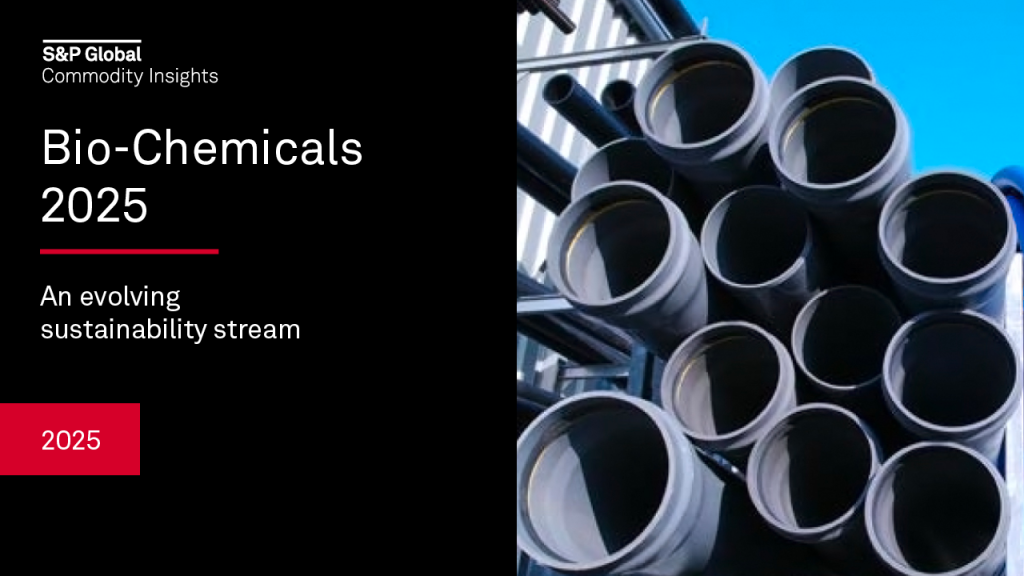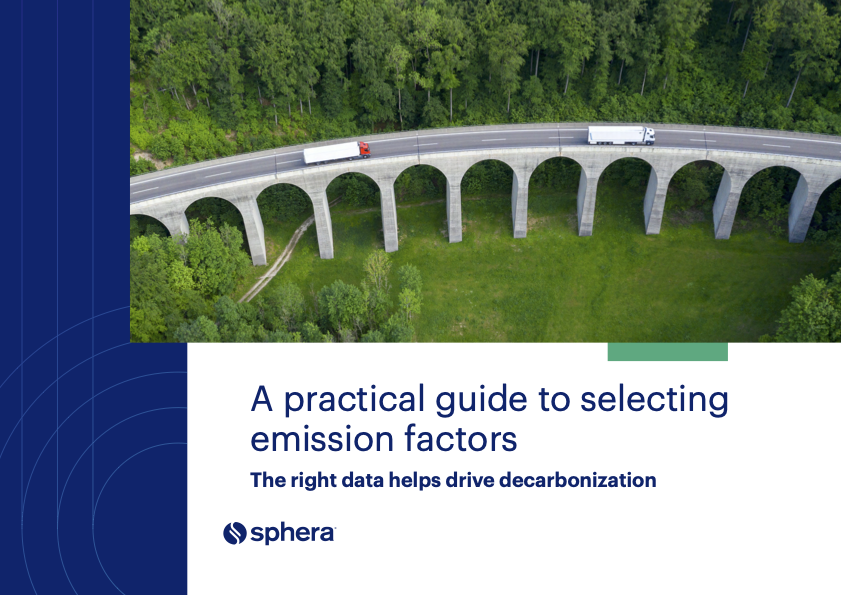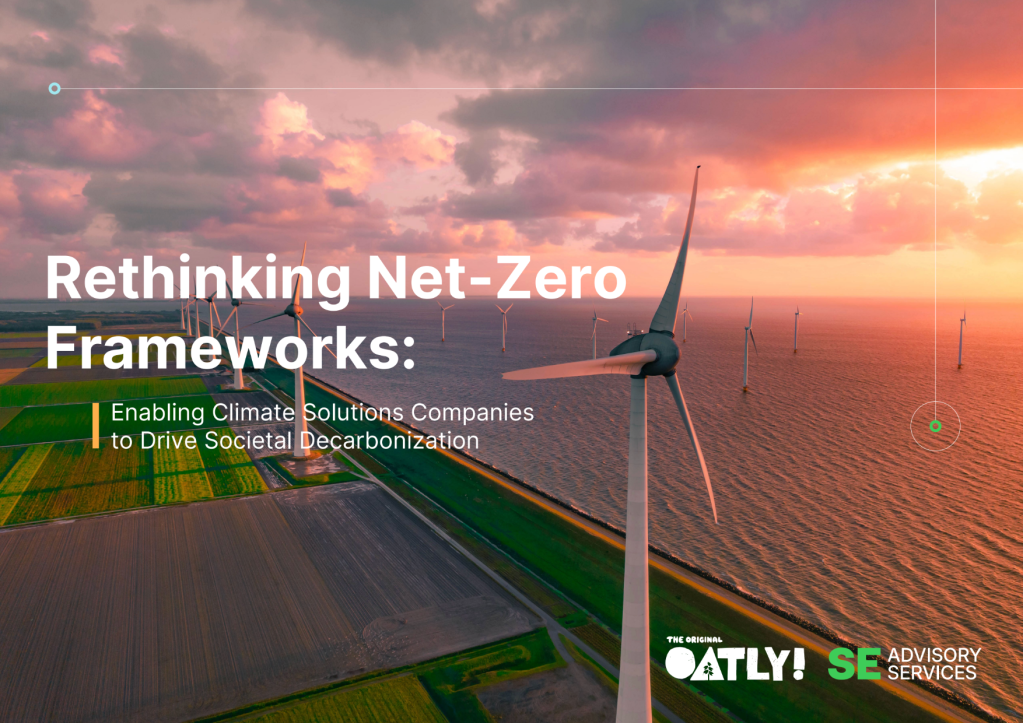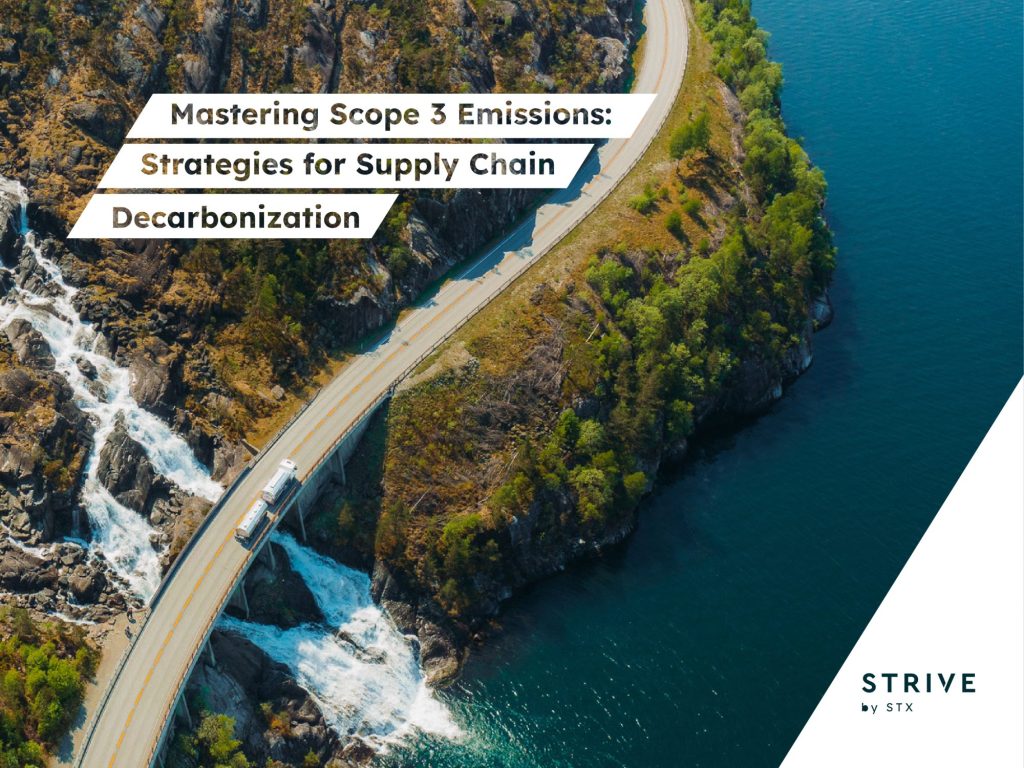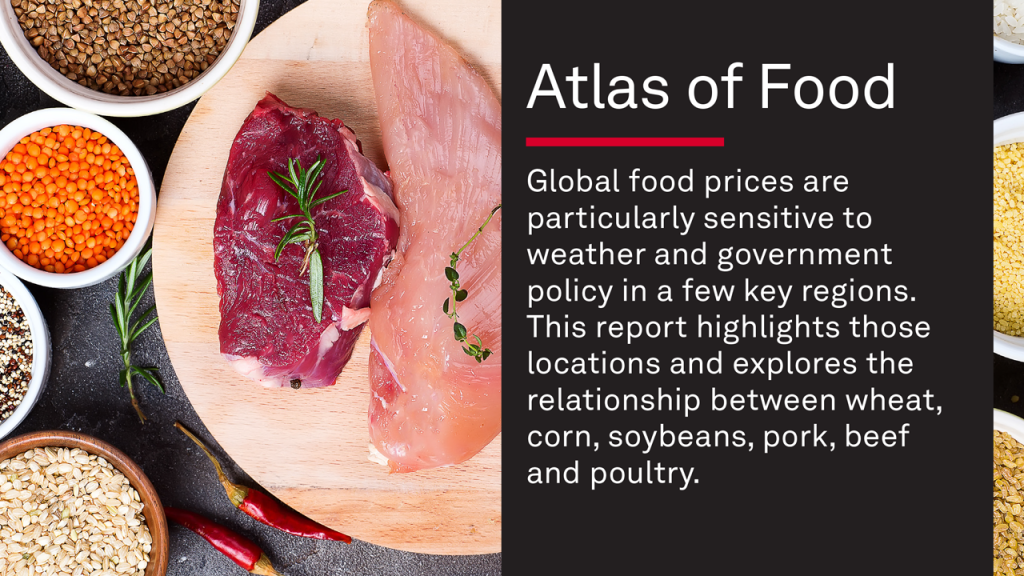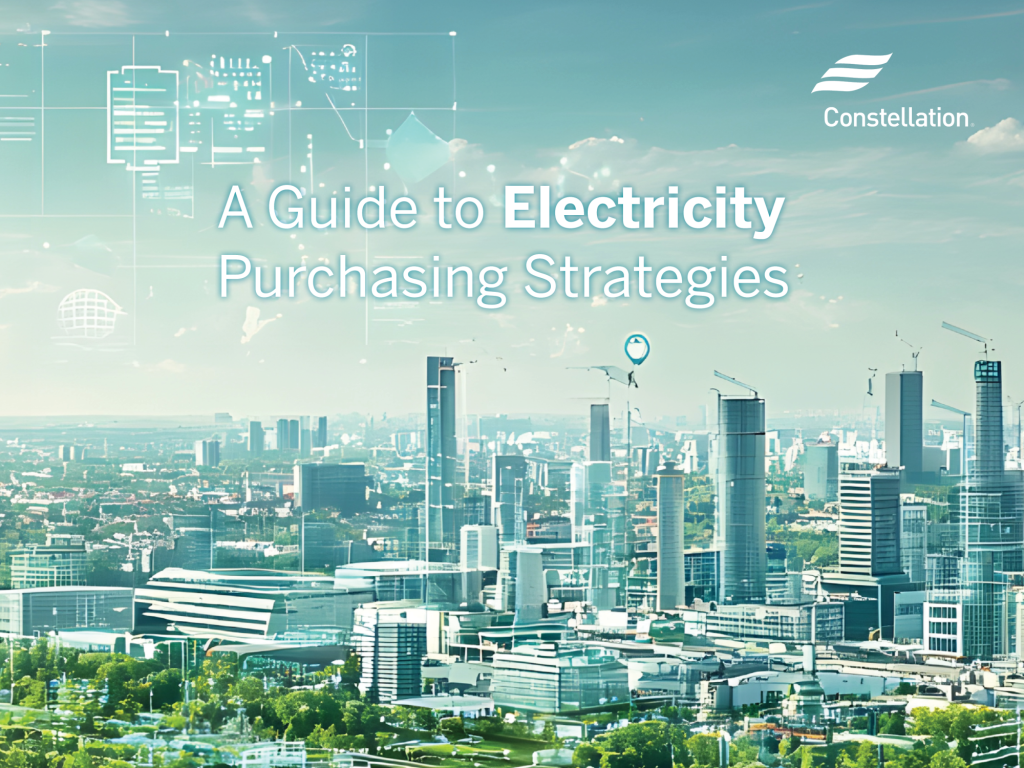Fashion is at the center of a climate reality check at COP30
As brands backing the UN Fashion Charter call on world leaders to push a fossil-fuel phaseout, watchdogs say the industry can do more on its own. Read More

- Both groups emphasize the need for transparency in emissions and the importance of funding climate action.
- The watchdogs demand that brands immediately invest in decarbonization and adaptation rather than wait for “perfect policy conditions.”
As COP30 continues in Belém, Brazil, fashion’s climate-friendly rhetoric is bumping up against the reality of rising emissions in the industry. On one side, a United Nations effort reflecting a who’s who of fashion shared an open letter asking world leaders to speed up a clean and just energy transition.
Meanwhile, though, fashion supply chain emissions rose 7.5 percent in 2023, according to the Apparel Impact Institute, and only 7 percent of major brands disclose their renewable energy efforts, according to the latest What Fuels Fashion report. Consulting firm McKinsey has calculated that if nothing changes fashion’s greenhouse gas emissions could increase from roughly 2 billion metric tons in 2018 to 2.7 billion by 2030.
What the U.N. charter wants
The U.N.’s Fashion Industry Charter for Climate Action presented a public communiqué, titled Fashion for Climate, on Nov. 4, to reaffirm the urgency of the Paris Agreement. As the document’s 70 signatories — among them Adidas, Kering, Levi’s, Nike, PVH Corp. and Zalando —pledged to eliminate coal across their operations and Tier 1 and 2 suppliers by 2030, they also called for national policymakers to do their part.
Their ask:
Phase out fossil fuels, by using Energy Attribute Certificate (EAC) frameworks and embedding energy storage and clean grid targets into their Nationally Determined Contributions for COP30. A model to strive for: Vietnam’s recent direct power purchase agreement (DPPA), backed by 29 brands including PVH, Nike and H&M.
Boost transparency, with mandatory climate reporting, including for Scope 3, that aligns with established standards.
Increase climate financing to fund more climate-transition projects for apparel operations in developing and vulnerable nations. Green or sustainability-linked bonds, carbon market insetting and a global price on carbon was suggested as a complement to alongside public-private partnerships.
Further climate adaptation and resilience, by funding research and risk assessments that consider all stakeholders, including workers, particularly in areas like Southeast Asia where extreme weather events have already interrupted supply chains.
What the watchdogs want
The problem, according to a letter sent by industry watchdogs on Nov. 13, is that none of the above requests reflect the fashion industry’s own actions. “Clearly, brands are way off track: to stay within a 1.5 degrees Celsius trajectory, they must reduce emissions at least 45 percent by 2030,” noted the letter writers — Action Speaks Louder, Stand.earth and Fashion Revolution — in a press statement.
So, just as the Charter had demands for global leaders, activists had a set for the signatories and the rest of the fashion industry:
- Talk to policymakers in every country that is home to suppliers, and share results of advocacy with fellow brands.
- Build on existing commitments, including low-carbon transition plans for workers and electrification and thermal technologies.
- Require multibillion dollar brands to fund “their fair share for climate action,” including for available tech like industrial heat pumps, rather than waiting for “perfect policy conditions.”
“The science is clear on what we need to do, and renewable energy has never been more accessible, but there is simply not enough urgency from corporate sustainability professionals to get that work done,” Ruth MacGilp, fashion campaign manager at Action Speaks Louder, told Trellis. “Most importantly, they need to engage with their suppliers — beyond just Tier 1 — to identify clear opportunities for climate mitigation and adaptation that are locally grounded, and rolled out in an equitable way that doesn’t leave workers behind.”
On Nov. 13, another fashion industry group, the Fashion Pact of CEOs, also shared steps to advance climate solutions among suppliers. Its European Accelerator effort starts in Italy, where, the group noted, more than half of suppliers to Prada and other luxury brands struggle to decarbonize.

